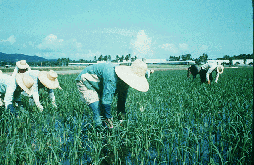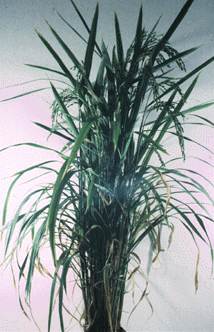 Rice could be taken to many parts of the world due to its versatility.
It is able to grow in the desert conditions of Saudi Arabia, in the wetland
deltas of Southeast Asia in the flooded rice plains which we are most
familiar with.
 Two species have emerged as our most popular cultivated rice. Oryza sativa and Oryza glaberrima, of these two species the more widely produced is O. sativa. From an early history in the Asian areas rice has spread and is now grown on all continents except Antarctica. Being able to grow in this wide spectrum of climates is the reason rice is one of the most widely eaten foods of the world. Rice and MythsRice is an integral part of many cultures folklore. In Myanmar, the Kachins were sent forth from the center of the Earth with rice seeds and were directed to a country where life would be perfect and rice would grow well. In Bali, Lord Vishnu caused the Earth to give birth to rice and the God Indra taught people how to raise it. And in China rice is the gift of animals. Legend says after a disastrous flooding all plants had been destroyed and no food was available. One day a dog ran through the fields to the people with rice seeds hanging from his tail. The people planted the seeds, rice grew and hunger disappeared. All of these stories and many others have rice as their foundation and for generations people have believed these lores of Rice.Rice the Plant  |